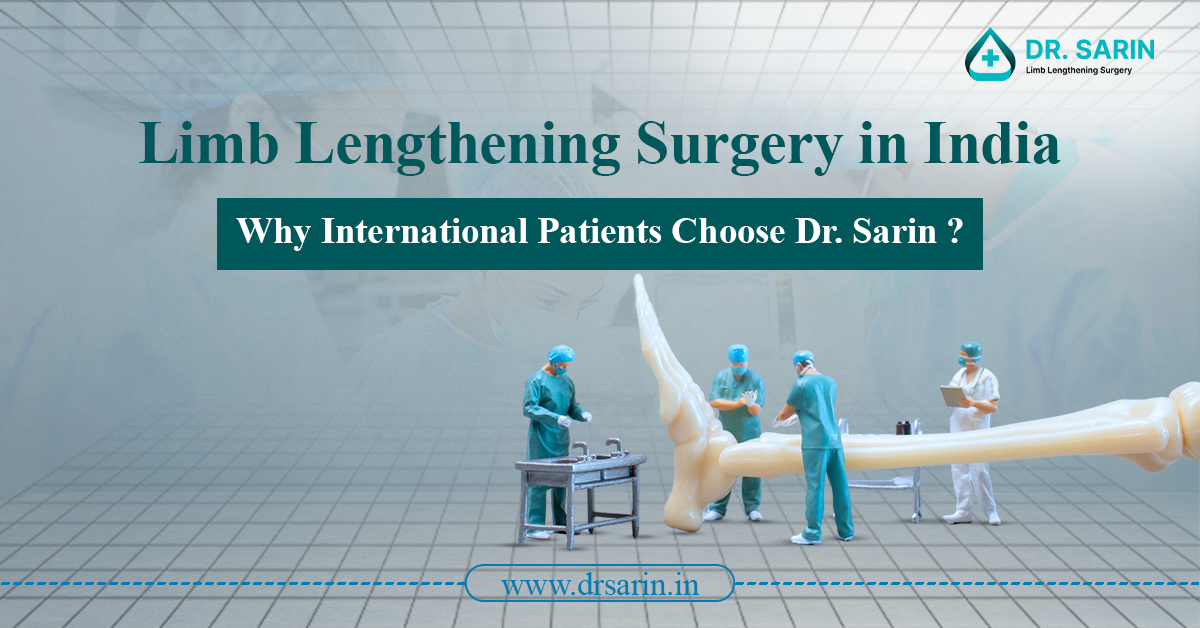Introduction
Limb lengthening surgery, a revolutionary medical procedure, aims to increase the length of limbs for various reasons, such as correction of deformities, enhancing stature, or addressing limb length discrepancies. While it offers promising outcomes, understanding its long-term effects is crucial for individuals considering or undergoing this procedure.
Understanding the Procedure
Surgical Techniques
The surgery involves carefully breaking the bone and gradually separating the ends to stimulate new bone growth. This is achieved through external fixation devices or internal implants, allowing controlled bone distraction.
Recovery Process
Post-surgery, a rigorous rehabilitation process commences. It includes physical therapy, regular check-ups, and adherence to a personalized recovery plan, ensuring optimal healing and function restoration.
Potential Long-term Effects
Physical Implications
While limb lengthening can offer physical improvements, potential long-term effects may include joint stiffness, muscle weakness, or nerve damage, requiring ongoing management and care.
Psychological Impact
Addressing the psychological impact is vital. Patients might experience emotional challenges like body image concerns or adjustment difficulties, necessitating psychological support and counseling.
Health Considerations Post-Surgery
Monitoring and Follow-ups
Long-term health considerations involve regular monitoring, imaging assessments, and follow-ups to detect and address any complications promptly.
Rehabilitation Programs
Structured rehabilitation programs encompassing exercises, adaptive strategies, and lifestyle modifications play a pivotal role in ensuring sustained mobility and function.
Managing Long-term Effects
Therapies and Treatments
Innovative therapies such as regenerative medicine or specialized treatments aim to mitigate long-term complications and improve overall quality of life.
Supportive Care
Providing holistic care through support groups, educational resources, and access to healthcare professionals ensures a comprehensive approach to managing potential long-term effects.
Real-life Experiences
Patient narratives offer invaluable insights into the journey post-limb lengthening surgery, highlighting challenges, successes, and coping mechanisms, fostering a supportive community.
Research and Medical Advancements
Technological Innovations
Ongoing advancements in surgical techniques and medical technology continuously refine limb-lengthening procedures, enhancing safety and efficacy.
Ongoing Studies
Continuous research studies and clinical trials aim to understand further and address long-term implications, fostering better outcomes for patients in the future.
Conclusion
Limb lengthening surgery offers transformative possibilities but demands a comprehensive understanding of its potential long-term effects. Managing these effects involves a multidisciplinary approach, encompassing medical, rehabilitative, and psychological support to optimize patient outcomes.




